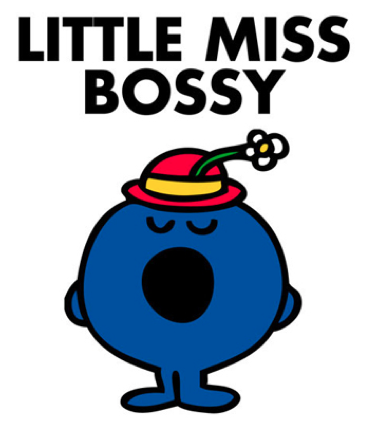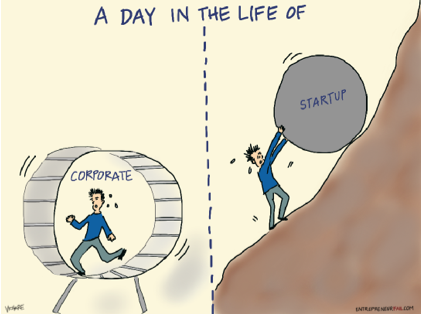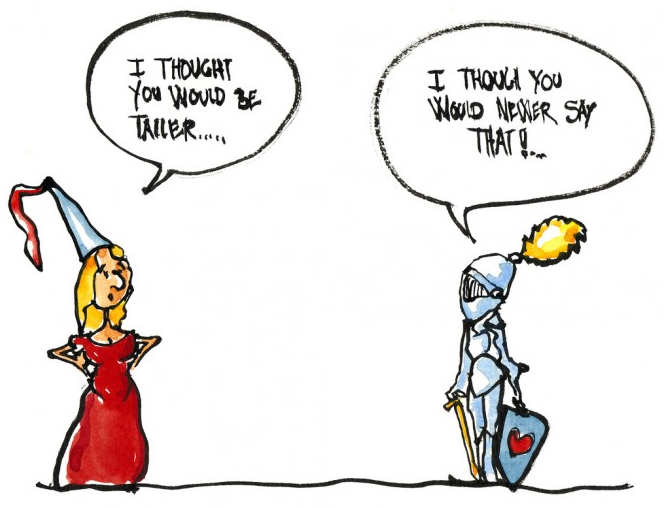
Warning: Don’t read if you’re hungry.
For tech startups these days, it’s all about getting to scale. Bigger is better and the faster, the better. But for IRL (in the real world) companies, I believe in managed growth. It’s not a race to the finish but a race for longevity. So how do you grow your company, keep your culture and customers without sacrificing quality and service? A great local example is Sugarfish – my favorite sushi bar (now chain) in Los Angeles.
It’s been 5 years since I discovered Sugarfish in Brentwood. I fell in love at first bite. The sushi was fresh, the rice was warm, the flavors pure perfection. The atmosphere was casual and here’s my favorite part – while there was a menu, I loved ordering the “Trust Me” option so I didn’t have to make decisions. The Chef figured out the best order and combination of flavors so who was I to argue? I was hooked. And judging from the crowds that appeared through word of mouth, I knew that this place would take off and be a mega success.
Today Sugarfish has expanded to 7 locations in the LA area and is rumored to be opening a restaurant in New York City next year. So how do you go from one to seven hugely popular locations in 5 years with lines out the door?
Quality: The fish melts in your mouth, it’s that fresh. My sister who lives in Bay Area has begged the owners to open a restaurant in San Francisco. They say they can’t do it because they can’t find the same quality of fish up there.
Create Demand: They don’t take reservations. You have to show up, put your name down and wait. Even if you’re Larry David. This is in LA, land of entitlement yet no one complains. Regulars know to show up early for lunch or dinner so they don’t have to wait.
Production line approach to service: This isn’t Benihana but they do have the process down to an art. Part of the genius is having “Trust Me” menu options that appear to be the most popular. That way the kitchen and servers are bringing food out all in the same order as soon as it’s made. This speeds up service and assures that the tables turn faster than at a more traditional sushi bar.
Training and promoting from within: They are constantly training new folks (as the expand) and move people up the ranks. Kevin who used to be the manager in Brentwood is now in charge of all locations. I believe that succession planning is key to having a well-run organization especially when expanding geographically.
Slow and steady: While seven locations in five years may sound like a lot, it’s actually slow in the restaurant business. But the owners are controlling growth. They know that they need to ensure consistent quality in food and service so expansion is deliberate.
Location, location, location: They know their customers and select locations where they can expand on their customer base and reputation. No oversaturation here. It’s a smart move since the lines are part of the experience.
Loyalty: They have a mobile app that tracks customer visits. They get crucial customer data while you get a free meal on your birthday. It’s a win win.
Diversification: One of the best things at Sugarfish is their hand roll. So a few months back they opened KazuNori a hand roll bar – yup, just like it sounds – in downtown LA. It’s a stripped down version of Sugarfish serving a different clientele. They get to experiment but not at the expense of their flagship.
While we watch the hyper growth of tech companies, it’s nice to see entrepreneurs succeeding the old fashioned way. One store at a time. While continuing to provide a consistent customer experience.
Disclaimer: I have no affiliation of any sort with Sugarfish. The opinions expressed here are strictly my own based on personal observations and conversations with staff. I did get a complimentary dinner on my birthday in March. But you can too if you get the mobile app.








